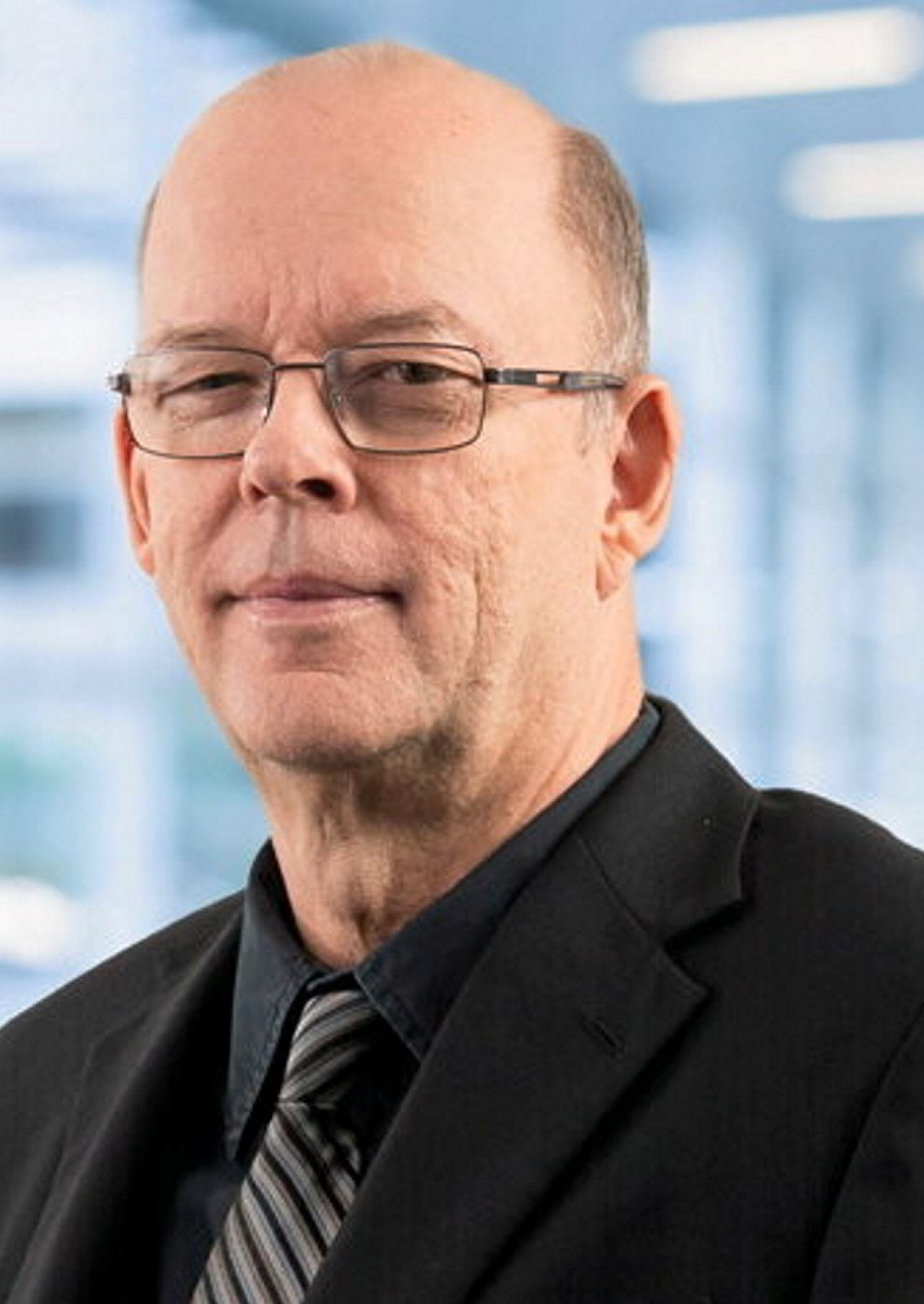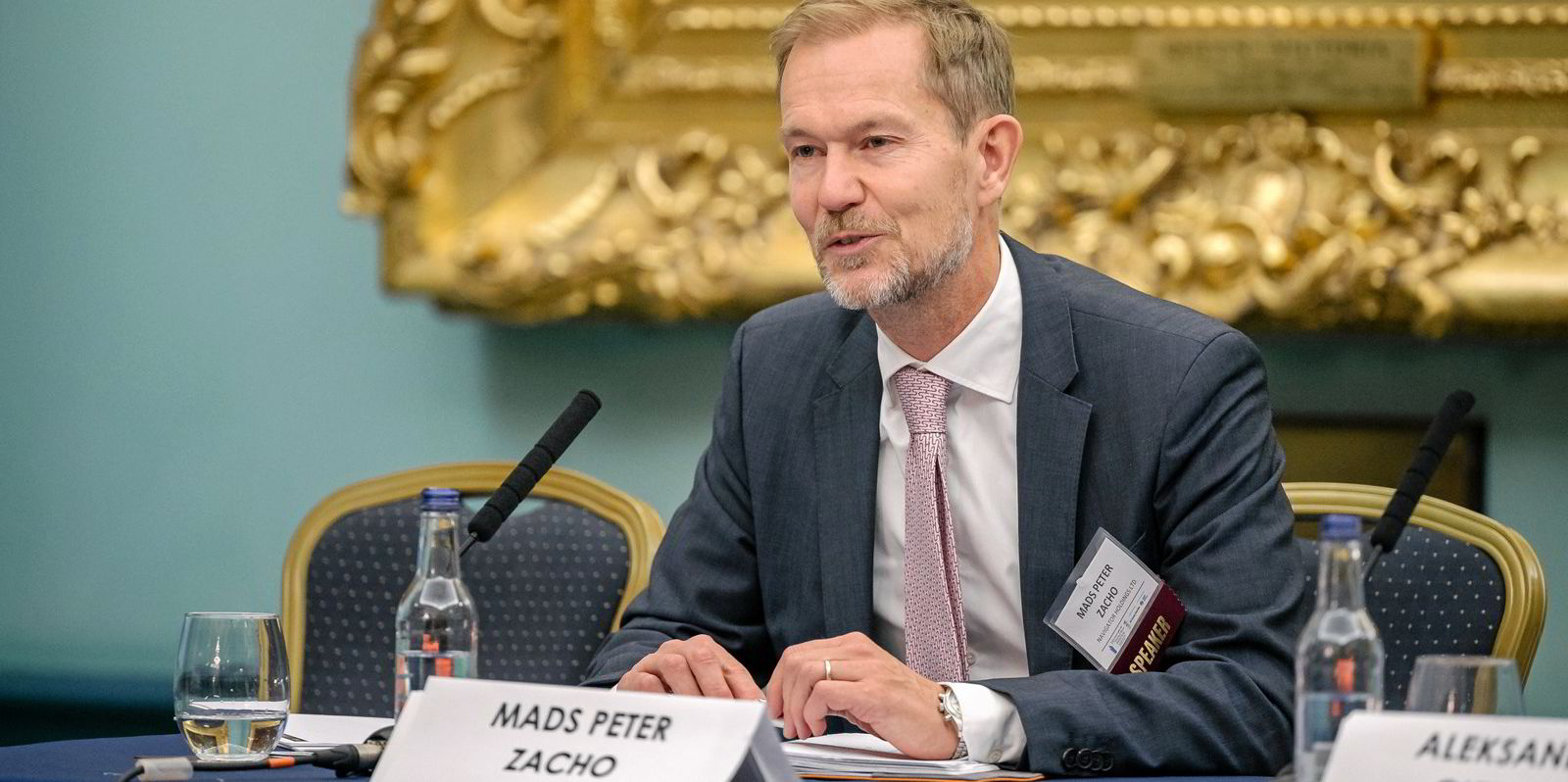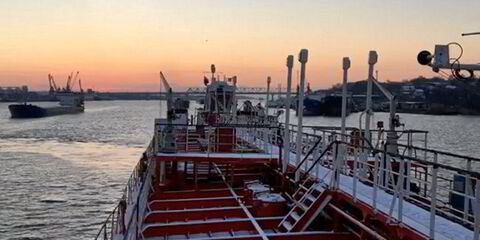After working on designs for liquefied CO2 carriers for years, London-headquartered Navigator Holdings sees a significant opportunity to put those future ships to work in its own backyard.
Britain is the main target for a joint venture that the shipowner is working to form with Malaysian floating infrastructure company Bumi Armada, as TradeWinds has reported. Dubbed Blujestreak CO2, the new company would offer transportation of CO2 to a floating carbon storage and injection unit that the venture would develop.
And Navigator chief executive Mads Peter Zacho told TradeWinds that his company is, in principle, close to being ready to place an order for liquefied CO2 carriers.
But first, the venture needs a customer, since details including the pressure and temperature of the CO2 that is transported will vary depending on the emitter. The chief said it may be a few quarters before the company will forge its first offtake agreement.
“Once that’s in place, and we have finalised the design of the injection unit as well, then we’re good to go,” he said.
While the carbon capture and storage (CCS) market is too nascent to justify ordering vessels on speculation, the potential opportunity in the UK alone is significant.
In addition to owning a fleet of ships, Navigator Holdings owns a 50% stake in an ethylene export terminal in Texas that moves 1m tonnes of that gas each year and is a significant part of its business.
But when the company, whose main customer-facing subsidiary is Navigator Gas, looks to the CO2 market, it sees emitters with some 30m tonnes per year of potential CO2 that are off the pipeline grid, making them potential customers for seaborne carbon transport.
Making it happen
“We think we have the competencies, and we have the experience from our gas tanker business that makes us very well positioned to team up with another experienced and capable partner, with Bumi Armada, to get this done,” Zacho said.
The first shipment of CO2 is expected to take place three years after a final investment decision on the Bluestreak project, whose formation was preliminarily agreed upon in a memorandum of understanding that remains non-binding.

The Bluestreak partners want the venture to be a one-stop shop for carbon emitters.
“If you’re an emitter of CO2, you can either pay the taxes associated with emitting, or you can try and set up a supply chain to sequester it and responsibly get rid of it. That’s a difficult thing to do,” Zacho said.
Those emitters already have enough work on their hands with the need to set up equipment to capture their carbon. The plan is for Bluestreak to be there to figure out the rest of the equation, sorting out the transportation and then storage of the carbon.
Zacho said that in the UK and elsewhere, some emitters will be located in clusters that will have access to pipeline infrastructure that will carry carbon to storage in depleted oilfields. But whether to build those pipelines will be a major capital expense consideration that requires a stable outlook before making that investment.
“For shipping, it’s more flexible,” he said. “In quite a number of situations, it’s better for the smaller clusters, those that don’t have access to nearby pipelines. And this is where we come in: our ships can travel on different routes, even after the vessels have been built. That’s not the case for a pipeline.”
And though the millions of tonnes of CO2 emitted each year by a single power station may be too small to build a pipeline, this is still big business for a transportation and storage provider like Bluestreak.
UK leadership
Zacho said the UK government has been very progressive in developing an industrial decarbonisation plan and building subsidy programmes and regulations to support it.
“We have a government here that is very eager to interact with the industry and design the solution,” he said.

“You see other Northern European governments that are also walking that direction, but I think the UK is definitely among the global leaders in this area.”
And as a London-headquartered company, he sees Navigator as well placed to support that.
Starting small
But the company and Bumi are not going to try to capture all that potential UK demand all at once.
Zacho said he envisions potentially starting with two or three ships to serve a small cluster of customers as a starting point and then replicating that elsewhere in the UK or Europe.

Navigator Holdings is an owner and operator of ships that haul ethylene, LPG and other gases. Its main customer-facing subsidiary is Navigator Gas. The company also owns a Houston ethylene terminal.
Headquarters: London
Listing: New York Stock Exchange under ticker NVGS
Fleet: 56 semi- or fully-refrigerated liquefied gas carriers, 25 of which are ethylene and ethane capable
Leaders: Mads Peter Zacho, chief executive; Niall Nolan, chief financial officer, Oyvind Lindeman, chief commercial officer; Michael Schroder, chief operating officer
“I think the market is very, very large. And we will, of course, not be going out building 10 or 15 vessels in one go. They will be tailored to the individual projects.”
While many companies are eyeing a move into liquefied CO2 carriers, Navigator sees its 25 years of experience with a variety of gases, including LPG and ammonia, as a key asset.
Different properties
In some ways, moving CO2 is simpler than gases that Navigator’s ships carry today, as it is not toxic or flammable. But other properties of the gas bring complexity, such as ensuring that it is cooled or pressurised to a point so that it will not freeze in the tanks.
While Navigator’s partnership with Bumi is new, the New York-listed company has been working to get into carbon transportation for some time.
It is a 50% partner with Evergas in Dan-Unity CO2, which is developing liquefied CO2 carriers for the European market.
Zacho said Navigator has made significant progress on designing the vessels, with 7,000, 14,000 and 21,000 cbm in capacity being the optimal sizes. The ultimate size of newbuildings will depend on the characteristics of the project, whether it is serving an individual power plant or an industrial cluster.
“We can make a tailored solution where we will build the ship that fits a particular project, and the good thing is, of course, …. they are flexible and can potentially also in the long term be useful for other projects,” he said.
Read more
- Green Seas: As IMO hurtles toward a historic vote on carbon targets, next steps draw disagreement
- Podcast: What the Eneti-Cadeler merger says about the hot WTIV market
- Viewpoint: The time is now for the IMO to address the climate crisis
- ‘It’s something we’ll look at’: US still on the fence on carbon levy for shipping
- Editor’s selection: Troim’s back, carbon gambit and shipbroker goes bust
- Green Seas: India gets impatient as ship recycling treaty ratification nears



